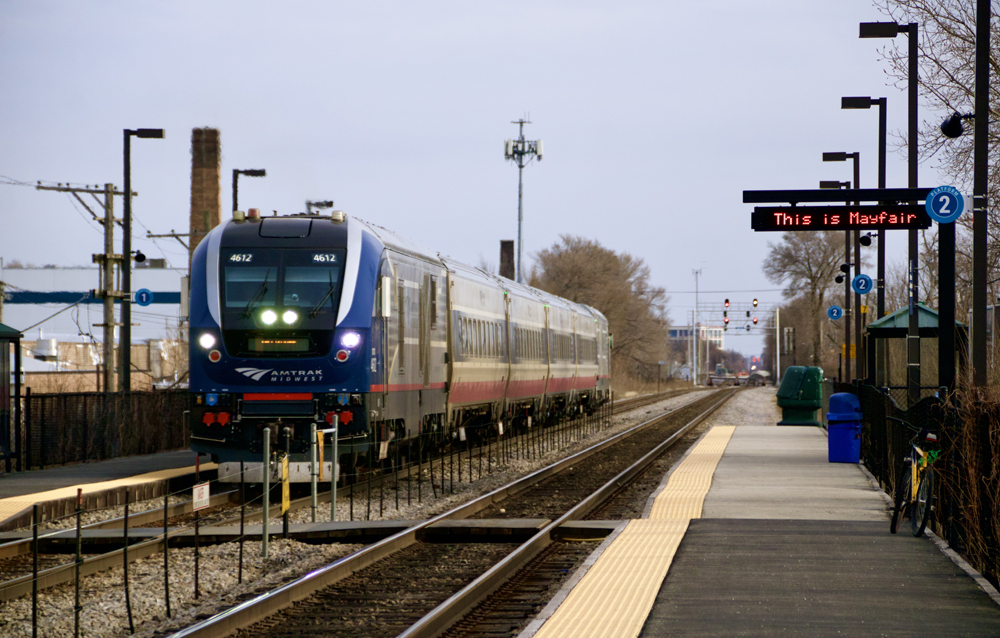
Imagine if you could launch faster passenger train service on a dedicated right of way for half the cost of traditional high speed rail — or speed up conventional service by 30% while still running at 79 mph.
It’s possible, a startup company claims, to slash transit times by eliminating the station stops that pull down average train speeds. American Solar Rail proposes building autonomous, self-propelled, battery-electric passenger cars that would function as rolling stations.
The EMDI cars would pick up passengers at conventional stations, then deliver them to the passenger train on the fly. Passengers who want to get off at the next station would then board the EMDI, which would uncouple from the train and make the station stop, where the process would repeat itself.
A passenger route using the EMDI system and a top speed of 125 mph could achieve similar transit times as a true high speed line with maximum speeds of 180 to 220 mph, ASR founder Robert Green says.
“They’ve got that big throttle. They want to go,” he says of proponents of true high speed rail. “They don’t have a way to measure the impact of not having to stop. That’s what we did and we found it was a gold mine of time.”
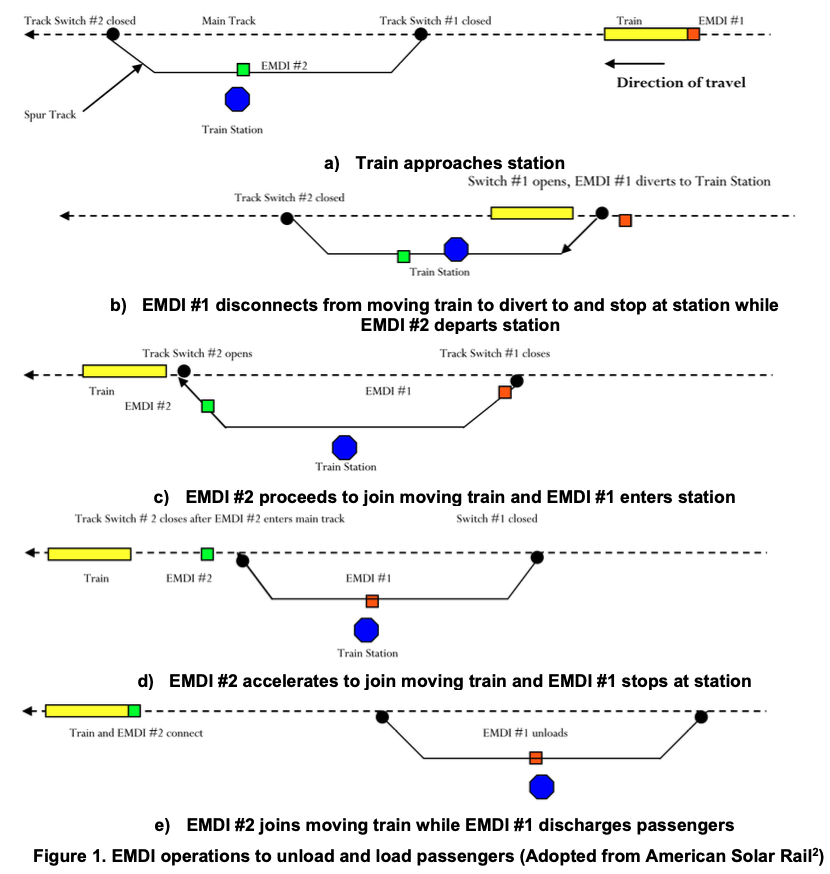
Green examined a proposed high-speed route between Jacksonville, Fla., and Atlanta that would include stops at Savannah and Macon, Ga. The route was outlined in Georgia’s 2015 state rail plan.
The transit time using conventional high-speed equipment on a 180-mph to 220-mph dedicated, 368-mile right of way would be 2 hours, 49 minutes, with an average speed of 131 mph, Green says.
Over the same route, an EMDI system with a top speed of 125 mph would produce a transit time of 2 hours, 58 minutes with an average speed of 123.8 mph, he says.
Although the EMDI transit time would be slightly slower than a true high speed system, ASR estimates it would come at a far lower cost to build: $19.7 million per mile for the 125-mph route with EMDI service compared to $41.4 million per mile for the 220-mph conventional high speed route.
“Everybody’s talking about we need better high-speed rail in this country, and this helps,” Green says.
Using EMDI – which stands for EMbark/DIsembark – also would cut transit times by as much as 30% in regular 79-mph Amtrak service, Green says. “We’re going to bring efficiency, effectiveness, and lower cost because we can do more with 80 miles an hour,” he says.
The EMDI batteries would be recharged during station stops, using low-cost electricity generated from solar panels along the railroad right of way. Green, an entrepreneur with more than a dozen patents, has been involved in the development of solar farms in the Southeast.
ASR has received a patent for the EMID and commissioned a study of the concept at MxV Rail in Pueblo, Colo. Much of the necessary technology exists in some form, MxV Rail noted, but has yet to be applied to railroads.
“The EMDI concept does not present any barrier to implementation that cannot be surmounted. There are, however, many technical and regulatory challenges associated with the EMDI concept that would have to be solved to achieve a functional system,” according to MxV Rail’s October 2023 report.
Chief among them: Safety issues related to the EMDI catching and coupling with a passenger train.
“Current train control concepts work on the principle of fail-safe train operation and train spacing, which require automatically stopping the train in the event of any train control failure. The spacing between consecutive trains is set by signal separation or the braking distance of the train. The EMDI concept shifts this paradigm,” MxV Rail notes. “The concept will need to meet the current fail-safe standards for train operations and be capable of fail-safe encroachment of the EMDI vehicle to less than braking distance from the train, particularly during coupling. This will be the key challenge regarding the fulfillment of the regulatory requirements for fail-safe train operations.”
MxV Rail recommended that ASR create a technical advisory board to address technical and regulatory issues.
Green and ASR Chief Marketing Officer Warren Getler have met with officials from the Federal Railroad Administration, the U.S. Department of Transportation, the Georgia Department of Transportation, and congressional staffers.
The company is currently seeking funding from private investors. The initial funding round would support the construction and testing of two EMDI prototypes.
Amtrak declined to comment. The Rail Passengers Association did not respond to a request for comment.






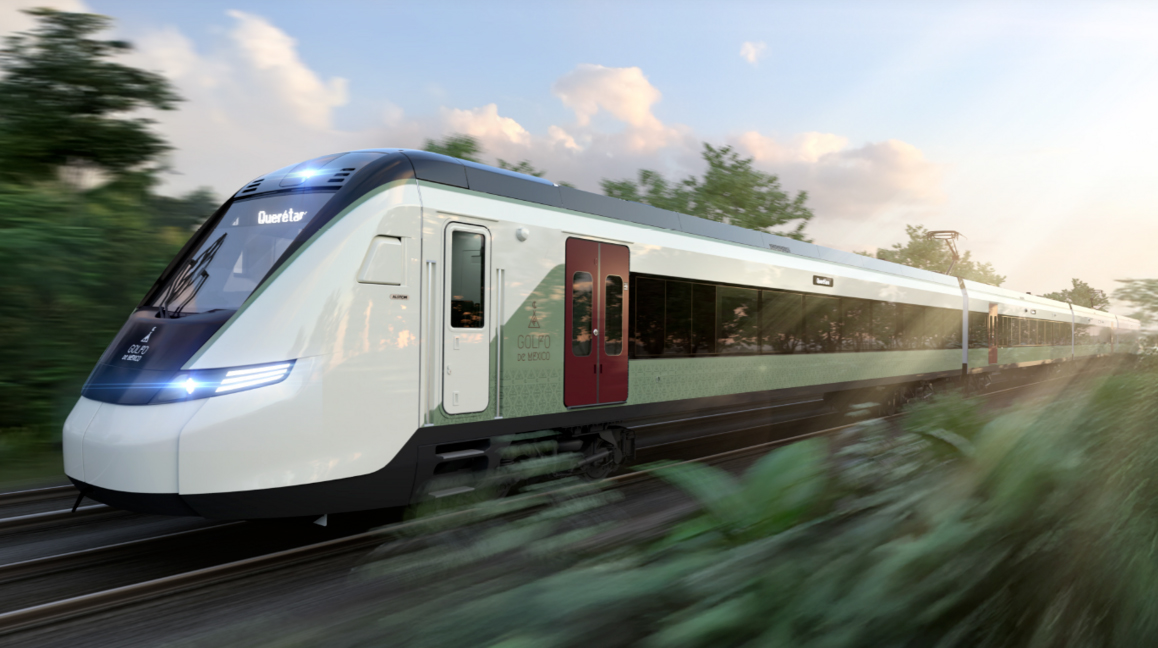
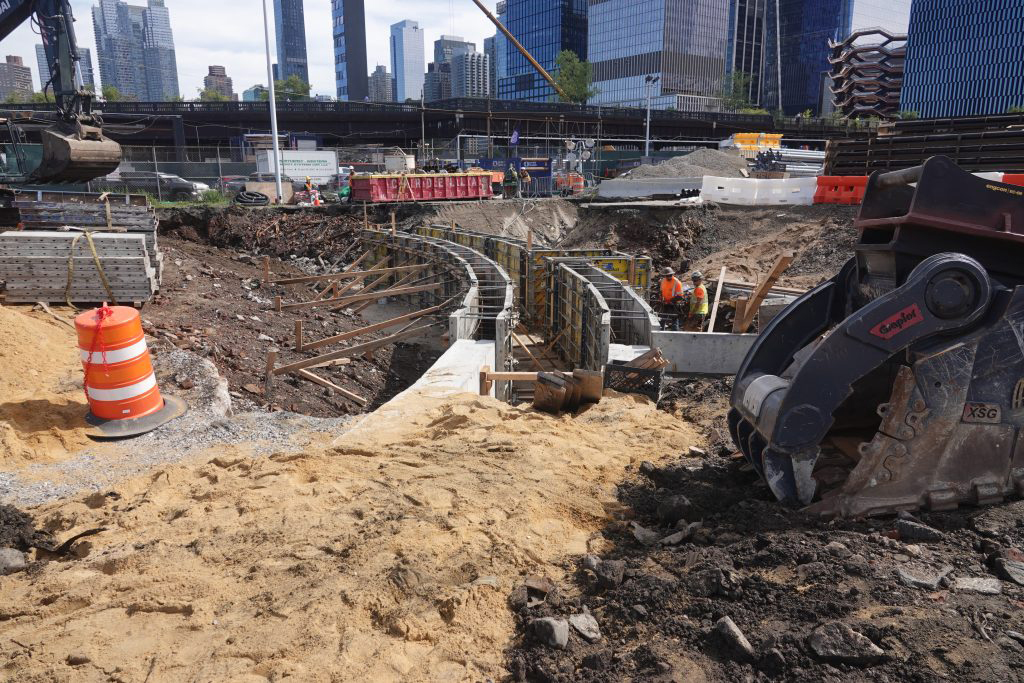

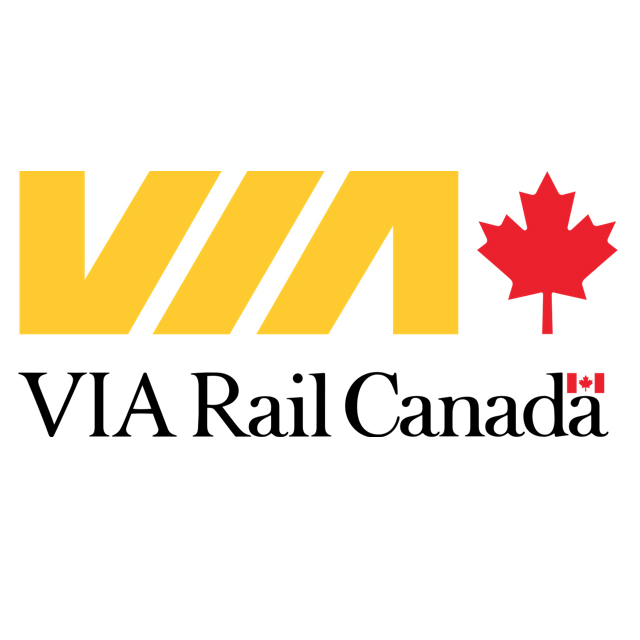




It is not speed that sells, but frequency, and therefore, convenience. Why Trains gives any column-inches to stuff like this diminishes its relevance.
It is relevant because high-speed rail is not showing to be affordable. This system creates affordable high speed rail average speeds, which to me, is more relevent than frequency that cannot exist due to costs.
It’s hard to imagine where this is an affordable concept where “traditional” high-speed rail is not.
You’d have to find a corridor (between a significant pair of cities) where meaningful practicality of this concept can be demonstrated. Then there’d need to be a dramatic investment in lineside real estate to permit stations and additional trackage to serve them. Not to mention more considerable investment in rolling stock and propulsion systems, enough to permit multiple “trainsets”, if that’s the right word.
One or two trips a day is probably not gonna cut it, either.
Seems to me that the big problem with medium-distance rail service (outside the NEC and other major corridors) is less about speed and more about lack of frequency, especially between mid-point and off-corridor cities. And now it’s pretty damn expensive too.
And yet for all the expense, somehow most of the European countries seem to have got a pretty good handle on high-speed rail.
There is something to this concept. However just like every other high speed project it would require major upgrades to either existing right of ways or completely new rights of way. There also is the requirement of completely automated ability to couple and uncouple seperate cars in the train including breaking and other connections to keep the train running. How would the unions react to this not needing any men to do the usual work coupleling and uncoupling cars. You also would be limited on where you could use this concept. To make it worthwhile you would have to have full or near full carloads of passengers to justify the costs.
The concept of receiving and discharging passengers on board moving trains is as practical as the the 1950s future concept with moving sidewalks in all directions along city streets. Flying automobiles left unchecked will become the nightmare of the Federal Aviation Administration and equivalent agencies abroad. Consumer drones, despite the imposed 400 foot altitude limit, are already imperiling airliners and private planes.
I recall that Battelle Labs in Columbus Ohio did a study on this, or a similar concept, back in the 1960’s. Technology has changed dramatically since, so maybe this EMDI concept has some merit. I suggest more research before we criticize the concept. i agree with Mark.
Gary and Mark, Your faith is well founded. This entire concept spent 21 months being examined by some of this nations best rail engineers and scientists. We know this system can work. Our goal is to create an affordable method of commercially useful high ‘average speeds’ to serve America. We have found a way. Thanks!
All ideas start with a dream, if they didn’t we’d still be using whale oil lamps.
+1
“Start-Up Company” is a euphemism for “whack job”.
Some time around 1980, TRAINS MAG published a proposal for a new type of commuter service. Each train would be about 25-feet wide, and would run on TWO PARALLEL tracks, drawn by two locomotives in tandem. The purpose was to load autos transversely for easy roll-on roll-off.
Back then there were no on-line commentaries, and the magazine had little space for letters to the editor. The few comments published (one of them mine – or at least I wrote a letter, can’t say if it made print or not) ridiculing the idea, and documenting why it wouldn’t work. To this day, decades later, my brain bubbles that TRAINS would have published such nonsense. To this day, I still come up with negative responses, such as the lack of four-track railroads with no obstructions between either pair of tracks, and one superelevation for a pair of tracks rather than two separate superelevations. Also the inconvenient fact that neither suburban stations nor downtown terminals are equipment as massive roll-on roll-off facilities.
This along with the obvious, as with yesterday’s proposal, of the lack of compatibility with the rest of railroading.
The Key is “dedicated right of way”. I just don’t see more than a very, very few long distance ones ever happening in the USA.
There’s probably some patent issues with this proposal if the idea isn’t totally brand new.
Maybe it’s just me, I think this is a really stupid idea. Coupling moving cars together at speed–high speed, even–is asking for trouble, not to mention hustling everyone on and off the moving platform before the next stop. Not to mention, in order for this to work properly you’ll need a dedicated station track at every station, not just platforms on the main line, so that the moving platforms don’t block the main. I don’t see Class I railroads agreeing to the liability and scheduling challenges this will inevitably cause, and I don’t think they should.
The coupling is not at high-speed. It can be within existing legal limits to work well. But we want to increase coupling speeds. You can go to our web site and see a video to help your understanding. This whole concept has been studied by some of the best rail engineers in America for almost 2 years. We know this system works and helps high-speed rail become affordable.
New York DOT is extremely interested in this and has expressed interest in upgrading service on Long Island and between GCT and Saratoga Springs or Schenectady.
Amtrak will be allowed to operate Penn Station- TBD on Long Island.
Hello Peter Benham, Robert Green here, CEO of American Solar Rail. (ASR) 202-256-5348
robertgreen@americansolarrail.com
ASR appreciates your comment. We employed the Association of American Railroads national lab MxV Rail in August of 2021 to create a Feasibility Study about everything they examined of our designs. The work took 21 months. MxV Rail and ASR have already met with the FRA and their people. When would you like to have a call or meet? We have good records of our work and believe you will find our work credible. Best regards, Robert Green
I would like to know your source for this information as nothing has been included in the budget or capital plan. It is a nice concept, but that doesn’t mean the state is going into procurement. New York-specific Airo trainsets will be able to operate on either territory, but those are eight years out at this point.
I want 100 pounds of whatever drug these folks are taking. I could retire rich or oblivious, and either would be great.
A slip-coach was a specially equipped car in the UK that was dropped from a through train so it could coast to a stop under the control of a guard (brakeman) aboard the car. Last used around 1960.
Philip, Did you know the first experiments on this concept started in 1857. Can you believe it took until 2023 to finally figure it out!
I first read of a similar idea many years ago (late 70s or early 80s), so I don’t think this is new. I DO think the idea has some merit, though I question the average speed assumptions. They suggest an average speed of 123.8 mph, with a top speed of 125 mph. Maybe on a dedicated line with no freight interference.
Landon, You are correct about those speeds requiring dedicated tracks.
Or you could run a two-tier service between all-stops trains and limited-stops trains. A motorized “slip-coach” might work better than boarding between two trains at speed, you uncouple on the fly with the slip-coach powering itself into a station siding, to then be picked-up on the fly by a return train. But, I like the tried-and-true first idea better.